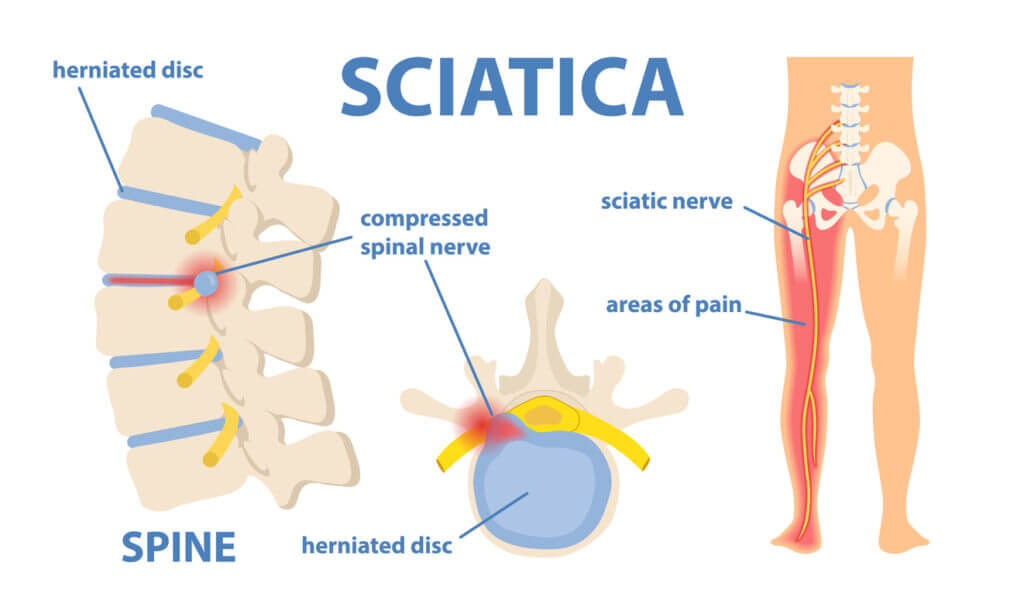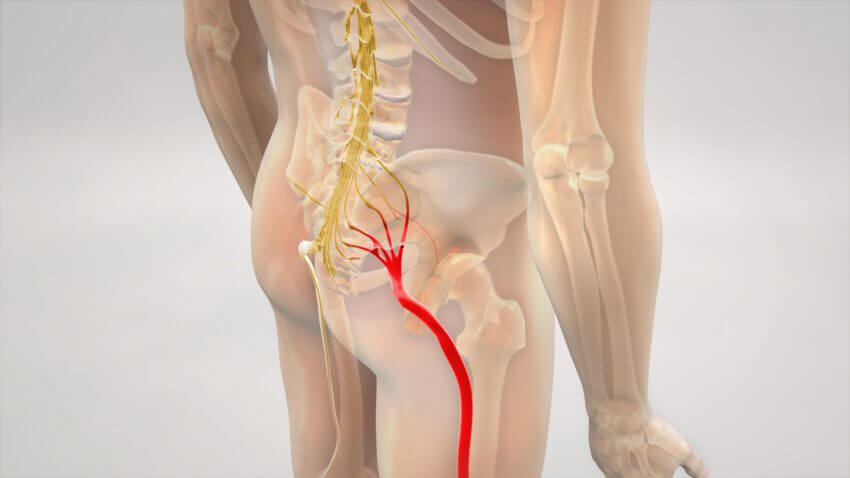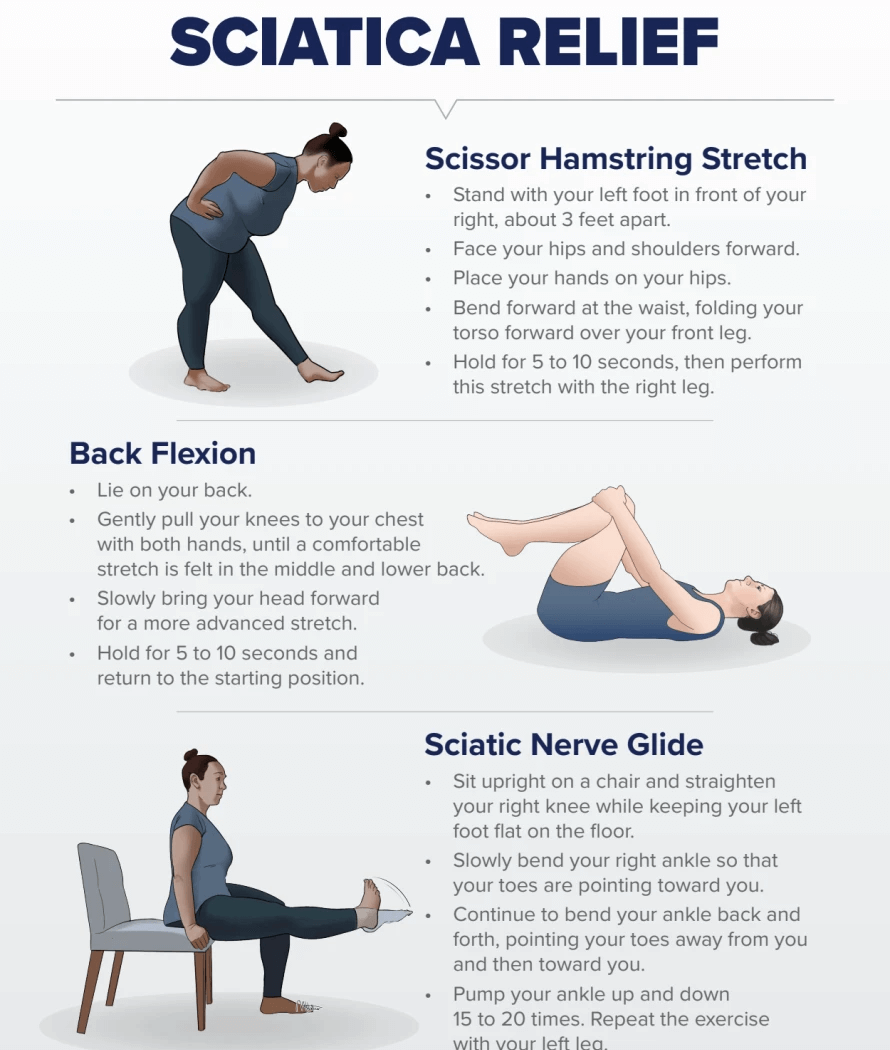
Sciatica is a common and often debilitating condition characterized by pain that radiates along the path of the sciatic nerve, which branches from your lower back through your hips and buttocks and down each leg. While it can be intensely painful, it's a symptom, not a diagnosis, indicating an underlying problem compressing or irritating the sciatic nerve. Physiotherapy is a highly effective, non-surgical approach to managing and resolving sciatica.
What is Sciatica and Its Symptoms?
The sciatic nerve is the longest and thickest nerve in the body. When it becomes pinched or irritated, it can cause a range of symptoms, usually on one side of the body:
- Pain: Ranging from mild ache to sharp, burning sensation, or excruciating discomfort. Often worse when sitting.
- Numbness: Along the nerve pathway in the leg or foot.
- Tingling: A "pins and needles" sensation.
- Weakness: In the affected leg or foot.
Common Causes of Sciatica
Sciatica typically occurs when something compresses or irritates the sciatic nerve in the lower back. Common causes include:
- Herniated (Slipped) Disc: The most common cause, where the soft inner material of a spinal disc protrudes and presses on the nerve root.
- Spinal Stenosis: Narrowing of the spinal canal, putting pressure on the spinal cord and nerves.
- Piriformis Syndrome: The piriformis muscle (in the buttock) spasms or tightens, irritating the sciatic nerve that runs nearby or through it.
- Spondylolisthesis: One vertebra slips forward over another.
- Trauma: Injury to the lower back or buttocks.

How Physiotherapy Can Provide Relief
Physiotherapy is often the first line of treatment for sciatica, focusing on reducing pain, improving mobility, and addressing the underlying cause. Your treatment plan may include:
- Pain Relief Techniques: Manual therapy to mobilize the spine and release muscle tension, alongside modalities like heat/cold therapy or TENS.
- Targeted Exercises: Specific stretches to relieve nerve compression (e.g., nerve glides) and strengthen core and gluteal muscles to support the spine.
- Posture Correction and Ergonomics: Education on proper sitting, standing, and lifting techniques to reduce stress on the lower back and sciatic nerve.
- Manual Traction: Gentle pulling of the spine to create space and alleviate pressure on the nerve.
- Movement Re-education: Helping you learn optimal movement patterns to avoid aggravating the nerve.

Preventing Sciatica Recurrence
Once your symptoms have improved, a physiotherapist will guide you on long-term strategies to prevent recurrence:
- Regular exercise to maintain core strength and flexibility.
- Maintaining a healthy weight.
- Using proper lifting techniques.
- Avoiding prolonged sitting and taking regular breaks to move.
- Maintaining good posture.
If you're experiencing symptoms of sciatica, don't suffer in silence. Arogya Physiotherapy offers expert assessment and personalized treatment plans to help you find lasting relief and get back to living a pain-free life. Contact us today to take the first step towards recovery.